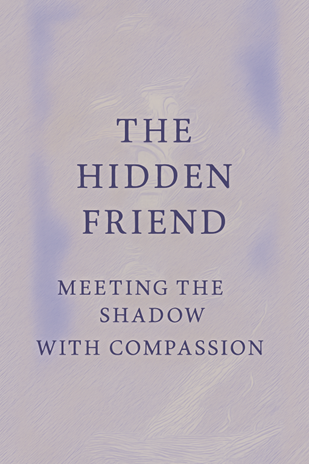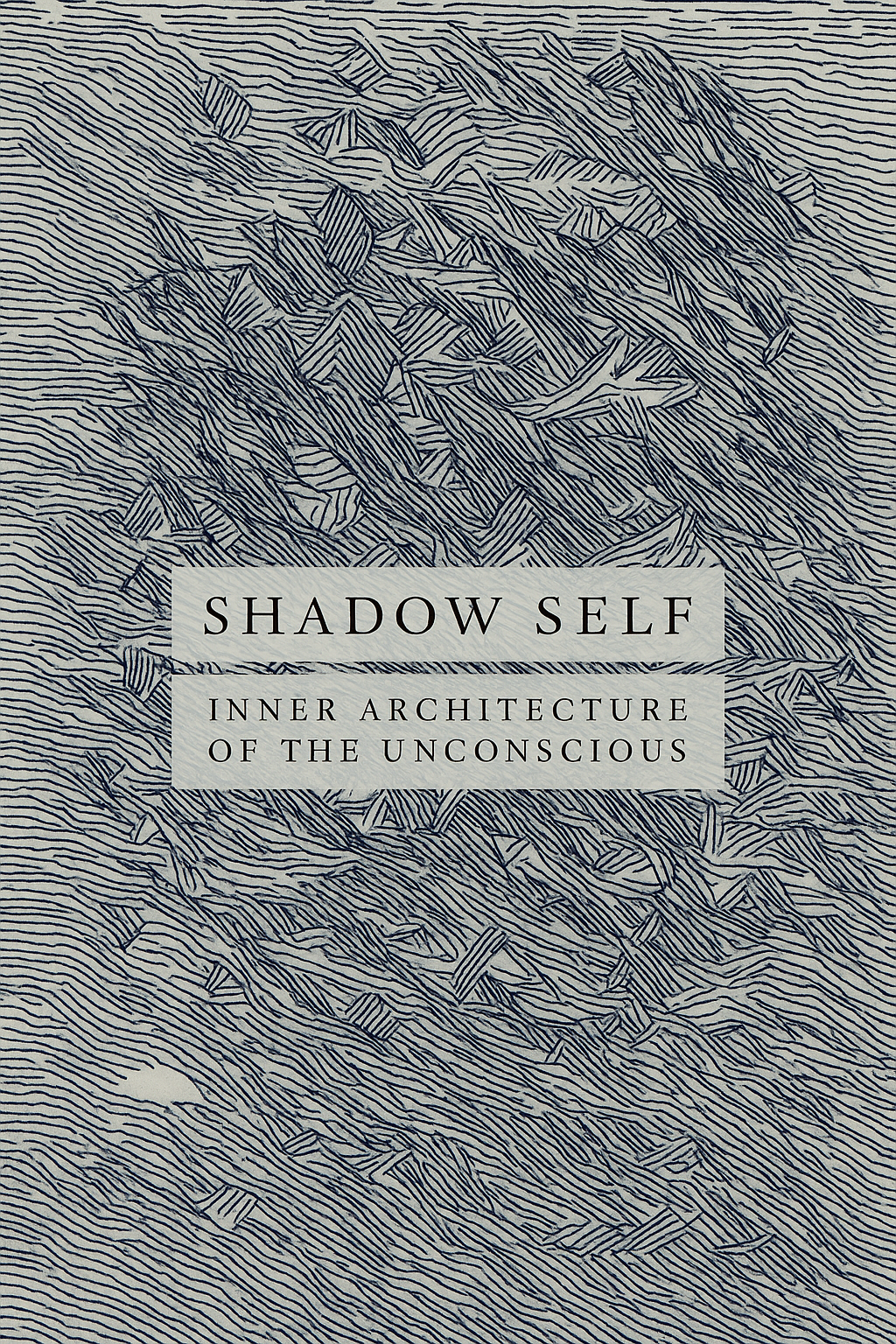The hidden friend image created by Jenny McClymont
We often view the shadow as a flaw that needs to be fixed or eliminated. But what if it’s a friend who is awkward, loyal, and longing to be seen?
The parts of ourselves that we try to get rid of don’t vanish. They wait in memories we don’t want to remember, in reactions that seem too enormous, and in the space between who we are and who we think we should be. The shadow isn’t only our pain; it’s the context that has been lost, the story’s missing page.
For a lot of us, it’s not fear that keeps the darkness hidden; it’s tiredness. We often tire of appearing confident when we genuinely feel confused or weak. And sometimes, when you’re tired, a crack opens just enough to let something tangible come out.
Shadow work is more about getting together than mending things and paying attention. Naming. Sometimes all you have to do is say, “I feel this way too.”
You don’t have to explain everything you find in the dark. You only need to be willing to stop looking away. The darkness isn’t as scary when you are there and show compassion. It becomes a portal, not to perfection, but to being whole.

